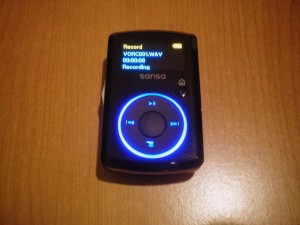I just finished reading the classic Teaching as a Subversive Activity. Much like my first time meeting Horace, I found myself energized and inspired by the authors’ commentary on the necessity for making significant changes in the way we educate young people in this country (and not a little incredulous that this book came out in 1969 and is still so relevant and applicable today).
In Chapter 5, Neil Postman and Charles Weingartner pose the question, “What’s worth knowing?” The gist is that instead of learning curriculum for curriculum’s sake, schools should focus their learning efforts around certain universal, essential questions. Some of the sample questions they offer are:
What do you worry about most?
What are the cause of your worries?
Can any of your worries be eliminated?What bothers you most about adults?
How do you want to be similar to or different from adults you know when you become an adult?How can you tell ‘good guys’ from ‘bad guys’?
How can ‘good’ be distinguished from ‘evil’?When you hear or read or observe something, how do you know what it means?
Where does meaning ‘come from’?
What does ‘meaning’ mean?What’s a ‘good idea’?
Which of man’s ideas would we be better off forgetting? How do you decide?What is ‘progress’?
What’s worth knowing? How do you decide? What are some ways to go about getting to know what’s worth knowing?
(Postman & Weingartner, 1969, pp. 62-65)
This list is not meant to be conclusive; rather, the authors argue that these are just samples of types of questions we should be asking to promote learning instead of “trivia” questions such as “What year was the Magna Carta signed?” and “What is the average rainfall in the Amazon basin?” (You’d think it’d be easy to find a Far Side comic to link to here, but no such luck)
Whatever questions you come up with to promote learning in your classroom, Postman & Weingartner suggest the following guiding principles as you develop them:
Will your questions increase the learner’s will as well as his capacity to learn?
Will they help to give him a sense of joy in learning?
Will they help to provide the learner with confidence in his ability to learn?
Does each question allow for alternative answers (which implies alternative modes of inquiry)?
Will the answers help the learner to sense and understand the universals in the human condition and so enhance his ability to draw closer to other people?
(Postman & Weingartner, 1969, p. 66)
With these in mind, what’s worth knowing in your classroom, and how do your students go about learning those worthwhile things?
Reference
Postman, N., & Weingartner, C. (1969). Teaching as a subversive activity. New York: Delacorte.
